Home>Furniture & Design>Interior Design Trends>How To Display Stained Glass Without A Window
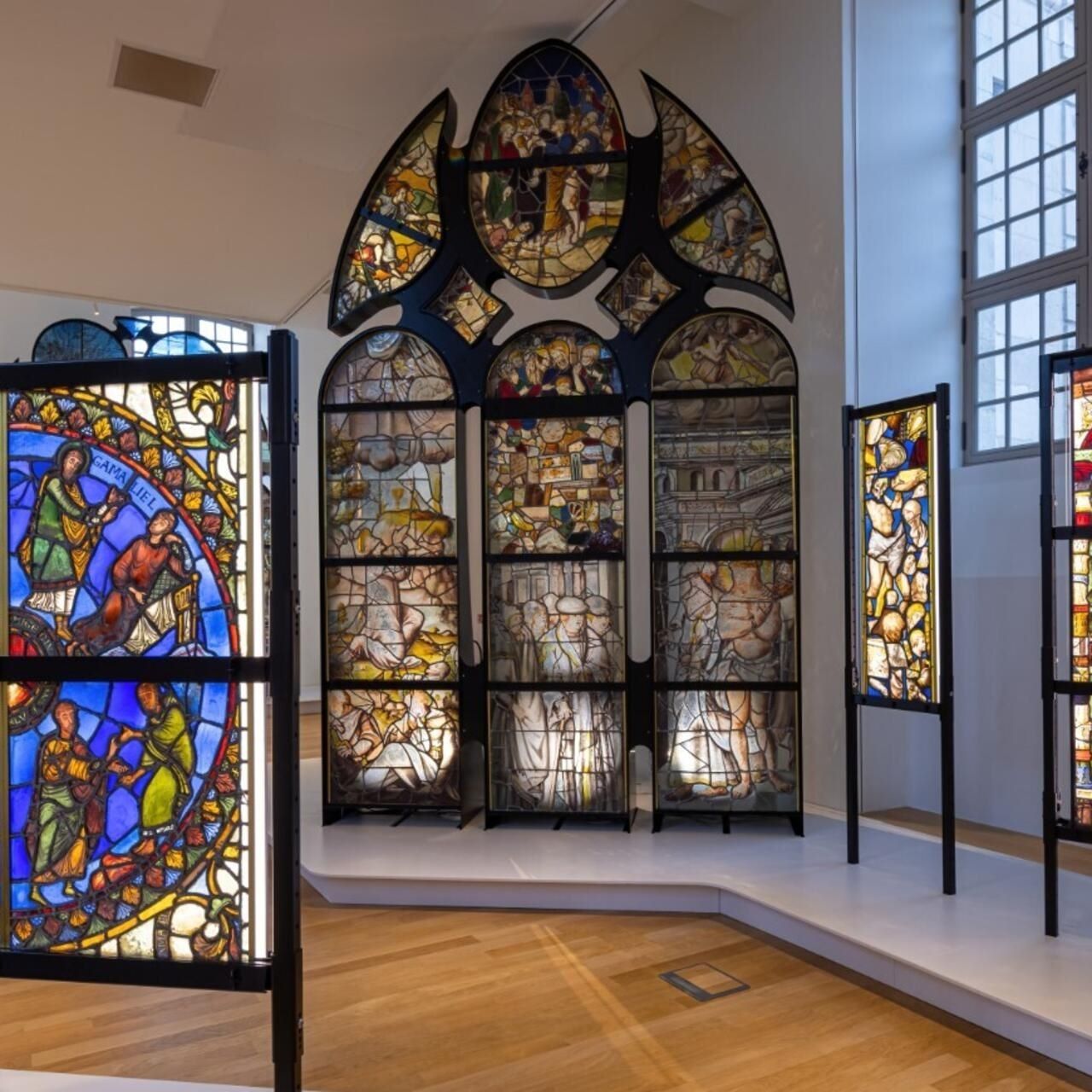

Interior Design Trends
How To Display Stained Glass Without A Window
Modified: October 18, 2024
Learn how to incorporate stained glass into your interior design with these innovative ideas for displaying stained glass without a window. Explore the latest interior design trends and create a unique and captivating space.
(Many of the links in this article redirect to a specific reviewed product. Your purchase of these products through affiliate links helps to generate commission for Storables.com, at no extra cost. Learn more)
Introduction
Stained glass has long been admired for its timeless beauty and the way it can transform light into a mesmerizing display of color and texture. Traditionally associated with church windows and historic buildings, stained glass has found its way into modern interior design, adding a touch of elegance and artistry to contemporary spaces.
In recent years, the trend of incorporating stained glass into interior design has gained momentum, offering a unique way to infuse personality and charm into homes and commercial spaces. Whether you're a stained glass enthusiast or simply looking to explore new design possibilities, there are various creative ways to display stained glass without relying on traditional windows.
From stained glass panels to suncatchers and innovative furniture designs, the versatility of stained glass allows for endless possibilities in enhancing the aesthetic appeal of any room. By strategically placing and integrating stained glass elements, you can create a captivating visual impact that elevates the ambiance and adds a touch of artistic flair to your surroundings.
In this article, we will explore several innovative methods for displaying stained glass without a window, providing inspiration and practical tips for incorporating this timeless art form into your interior design. Whether you're aiming for a subtle hint of color or a bold statement piece, the following ideas will guide you through the process of integrating stained glass into your living or working space with style and sophistication.
Key Takeaways:
- Bring the timeless beauty of stained glass into your home by using panels, suncatchers, and furniture. Let natural light illuminate the vibrant colors and intricate designs, creating a captivating and artistic ambiance.
- Transform any space into a mesmerizing sanctuary of light and color with stained glass. Whether hanging as art, catching sunlight as suncatchers, or integrated into furniture, it adds timeless elegance and charm to your interior design.
Read more: What Is A Stained Glass Window
Choosing the Right Location
When it comes to displaying stained glass without a window, choosing the right location is crucial for maximizing its visual impact. The placement of stained glass elements can significantly influence the overall ambiance and aesthetic appeal of a space. Here are some key considerations to keep in mind when selecting the ideal location for showcasing stained glass:
-
Natural Light Exposure: Opt for areas that receive ample natural light, as this will accentuate the beauty of the stained glass and allow its colors to come alive. Consider spaces near large windows, skylights, or open doorways that allow sunlight to filter through and illuminate the glass art.
-
Focal Points: Identify focal points within a room, such as feature walls, alcoves, or architectural niches, where stained glass can serve as a captivating centerpiece. Placing stained glass in these strategic locations draws attention and creates a visually stunning focal point that anchors the design scheme.
-
Functional Spaces: Integrate stained glass into functional spaces where it can be appreciated on a daily basis, such as the kitchen, living room, or home office. By incorporating stained glass into these areas, you can infuse everyday activities with a touch of artistic elegance, making the space both visually appealing and functional.
-
Artistic Contrast: Consider the existing color palette and design elements in the room to ensure that the stained glass complements the overall aesthetic. Look for opportunities to create a striking contrast or harmonious blend with the surrounding decor, allowing the stained glass to stand out as a captivating art piece.
-
Privacy and Illumination: Explore locations where stained glass can serve a dual purpose, offering both decorative allure and functional benefits. For instance, using stained glass partitions or room dividers can add privacy while allowing light to pass through, creating an enchanting play of colors and patterns.
By carefully selecting the right location for displaying stained glass, you can elevate the visual appeal of your interior spaces and infuse them with a timeless artistic charm. Whether it's a subtle addition or a bold statement, the placement of stained glass can transform an ordinary room into a captivating sanctuary of light and color.
Using Stained Glass Panels
Stained glass panels offer a versatile and visually striking way to incorporate this timeless art form into interior design. These panels, crafted with intricate designs and vibrant colors, can be displayed in various settings to add a touch of elegance and artistic allure to any space.
One of the most popular methods of using stained glass panels is as decorative hangings. By suspending these panels in front of windows or on walls, you can create a stunning interplay of light and color that transforms the ambiance of the room. The sunlight filtering through the stained glass casts a mesmerizing spectrum of hues, casting enchanting patterns and shadows across the surrounding surfaces.
In addition to traditional hanging displays, stained glass panels can also be integrated into architectural features such as room dividers, transoms, or skylights. These installations not only serve as captivating focal points but also allow natural light to filter through, infusing the space with a warm and inviting glow. Whether used as standalone art pieces or as functional elements within the architecture, stained glass panels bring a sense of artistry and sophistication to any interior.
Another innovative way to utilize stained glass panels is by incorporating them into furniture design. From tabletops and cabinet doors to room partitions and shelving, integrating stained glass panels into furniture pieces adds a touch of timeless elegance and personality to the decor. The juxtaposition of the intricate glasswork against the solid structure of the furniture creates a captivating contrast, infusing the space with a sense of artful craftsmanship.
Moreover, stained glass panels can be used to create stunning backlit features, adding a touch of drama and allure to interior spaces. When illuminated from behind, the panels come to life, radiating a soft, ethereal glow that accentuates the intricate details and vibrant colors. This technique is particularly effective in creating a captivating focal point, whether in residential living areas, commercial settings, or hospitality environments.
Incorporating stained glass panels into interior design allows for endless creative possibilities, offering a timeless and captivating way to infuse spaces with artistry and charm. Whether used as decorative hangings, architectural elements, furniture accents, or backlit features, stained glass panels serve as a testament to the enduring beauty and versatility of this revered art form.
Consider using a lightbox or LED panel to display stained glass artwork without a window. This will illuminate the colors and details, creating a beautiful showcase for your piece.
Hanging Stained Glass Art
Hanging stained glass art is a captivating way to infuse any space with the timeless allure of this revered art form. Whether suspended in front of windows, on walls, or from ceilings, stained glass art creates a mesmerizing interplay of light and color that transforms the ambiance of a room. The intricate designs and vibrant hues of stained glass panels come to life when illuminated by natural or artificial light, casting enchanting patterns and shadows across the surrounding surfaces.
When considering hanging stained glass art, it's essential to select pieces that resonate with the overall aesthetic of the space. Whether your style leans towards traditional, contemporary, or eclectic, there are stained glass designs to suit every preference. From geometric patterns and nature-inspired motifs to abstract compositions and intricate floral designs, the versatility of stained glass art ensures that there's a perfect piece for every interior.
One of the key advantages of hanging stained glass art is its ability to serve as a focal point within a room. By strategically placing these art pieces in areas where they can catch the light and draw attention, you can create a visually stunning centerpiece that anchors the design scheme. Whether it's a large statement panel or a collection of smaller suncatchers, the presence of stained glass art adds a touch of artistic elegance to any space.
In addition to traditional hanging displays, stained glass art can also be integrated into architectural features such as room dividers, transoms, or skylights. These installations not only serve as captivating focal points but also allow natural light to filter through, infusing the space with a warm and inviting glow. The interplay of light and color created by stained glass art adds depth and character to the surrounding environment, elevating the overall aesthetic appeal of the space.
Moreover, the versatility of hanging stained glass art extends beyond residential settings, making it a popular choice for commercial spaces, hospitality environments, and public venues. From restaurants and hotels to art galleries and corporate offices, stained glass art has the power to captivate and inspire, creating a memorable and immersive experience for visitors and occupants alike.
Incorporating hanging stained glass art into interior design allows for endless creative possibilities, offering a timeless and captivating way to infuse spaces with artistry and charm. Whether used as standalone art pieces or as functional elements within the architecture, stained glass art serves as a testament to the enduring beauty and versatility of this revered art form.
Using Stained Glass Suncatchers
Stained glass suncatchers offer a delightful and versatile way to introduce the enchanting beauty of stained glass into interior spaces. These exquisite pieces of art, designed to capture and scatter light, infuse any room with a captivating play of colors and patterns. Whether suspended in windows, hung from ceilings, or displayed on walls, stained glass suncatchers create a mesmerizing visual impact that adds a touch of elegance and whimsy to the decor.
One of the most appealing aspects of stained glass suncatchers is their ability to transform ordinary sunlight into a dazzling display of radiant hues. As sunlight filters through the intricate designs and vibrant colors of the suncatchers, it creates a dance of light and shadow, casting enchanting patterns across the surrounding surfaces. This interplay of light and color not only elevates the ambiance of the space but also evokes a sense of tranquility and wonder.
Stained glass suncatchers come in a myriad of designs, ranging from traditional motifs to contemporary abstract patterns. Whether adorned with nature-inspired elements, geometric shapes, or intricate floral designs, there is a suncatcher to suit every interior style and personal preference. The versatility of stained glass suncatchers allows for effortless integration into various design schemes, adding a touch of artistic charm to any space.
In addition to their decorative appeal, stained glass suncatchers also serve as captivating focal points within a room. When strategically placed to catch the sunlight, these art pieces create a stunning interplay of light and color, drawing attention and infusing the space with a sense of artful elegance. Whether used individually or in clusters, stained glass suncatchers add a whimsical and enchanting touch to any interior setting.
Moreover, stained glass suncatchers are not limited to residential spaces; they are also popular choices for enhancing the ambiance of commercial settings, hospitality environments, and public venues. From retail stores and cafes to spas and educational institutions, stained glass suncatchers offer a delightful way to create a memorable and immersive experience for visitors and occupants alike.
Incorporating stained glass suncatchers into interior design allows for endless creative possibilities, offering a timeless and captivating way to infuse spaces with artistry and charm. Whether used to capture the sunlight, add a pop of color, or evoke a sense of wonder, stained glass suncatchers serve as a testament to the enduring beauty and versatility of this revered art form.
Read more: How Are Stained Glass Windows Made
Incorporating Stained Glass into Furniture
Incorporating stained glass into furniture design offers a unique and captivating way to infuse interior spaces with timeless elegance and artistic allure. From tabletops and cabinet doors to room partitions and shelving, integrating stained glass panels into furniture pieces adds a touch of personality and sophistication to the decor.
One of the most compelling aspects of incorporating stained glass into furniture is the juxtaposition it creates between the delicate intricacy of the glasswork and the solid structure of the furniture. This contrast infuses the space with a sense of artful craftsmanship, creating a captivating visual impact that draws the eye and sparks conversation.
Stained glass tabletops, in particular, serve as stunning focal points within a room, adding a touch of artistic flair to dining areas, living spaces, or home offices. When illuminated by natural or artificial light, the vibrant colors and intricate patterns of the stained glass come to life, casting enchanting reflections and infusing the surrounding environment with a warm and inviting glow.
Cabinet doors featuring stained glass panels offer a delightful way to add a pop of color and personality to kitchen and storage units. Whether adorned with nature-inspired motifs, geometric patterns, or abstract designs, stained glass cabinet doors create a captivating visual display while adding a touch of artistic charm to the functional elements of the space.
Room partitions and shelving units incorporating stained glass panels serve as versatile design elements that not only define spaces but also infuse them with a sense of artistry and sophistication. Whether used to delineate living areas, create visual interest, or add a touch of privacy, these furniture pieces become captivating works of art that elevate the overall aesthetic appeal of the interior.
Moreover, the integration of stained glass into furniture design extends beyond residential settings, making it a popular choice for commercial spaces, hospitality environments, and public venues. From restaurants and hotels to retail stores and corporate offices, stained glass furniture pieces offer a delightful way to create a memorable and immersive experience for visitors and occupants alike.
Incorporating stained glass into furniture design allows for endless creative possibilities, offering a timeless and captivating way to infuse spaces with artistry and charm. Whether used as standalone art pieces or as functional elements within the furniture, stained glass serves as a testament to the enduring beauty and versatility of this revered art form.
Frequently Asked Questions about How To Display Stained Glass Without A Window
Was this page helpful?
At Storables.com, we guarantee accurate and reliable information. Our content, validated by Expert Board Contributors, is crafted following stringent Editorial Policies. We're committed to providing you with well-researched, expert-backed insights for all your informational needs.
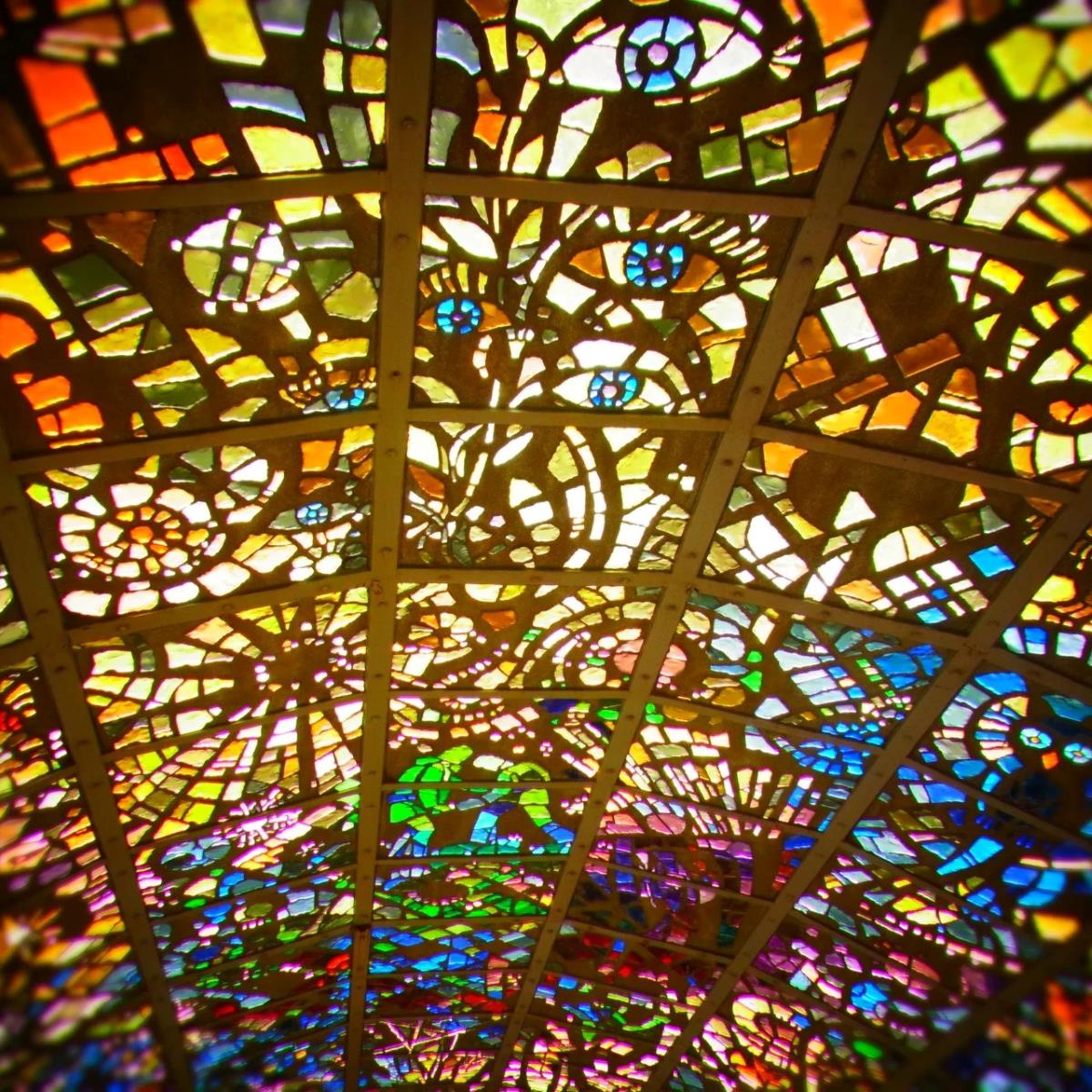


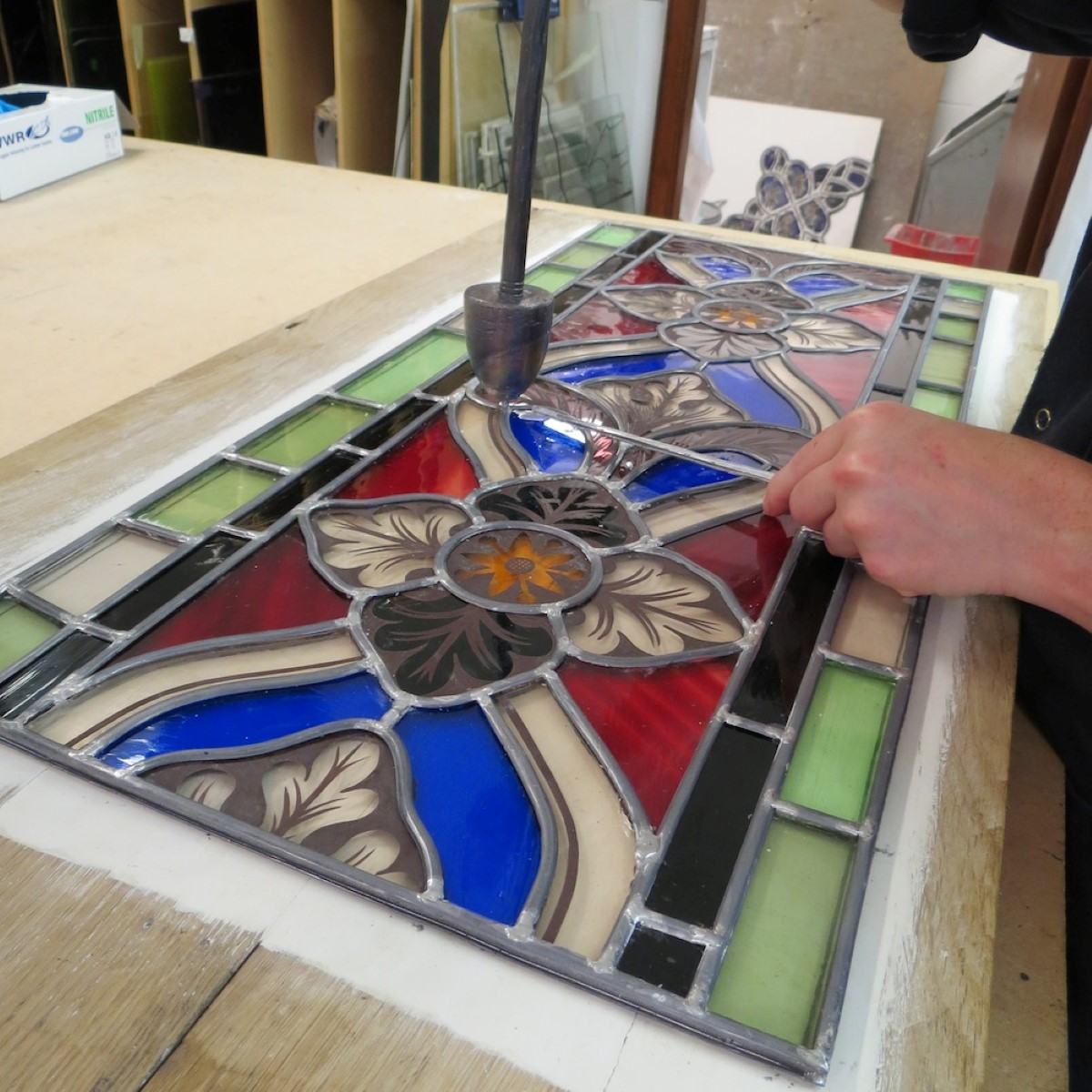
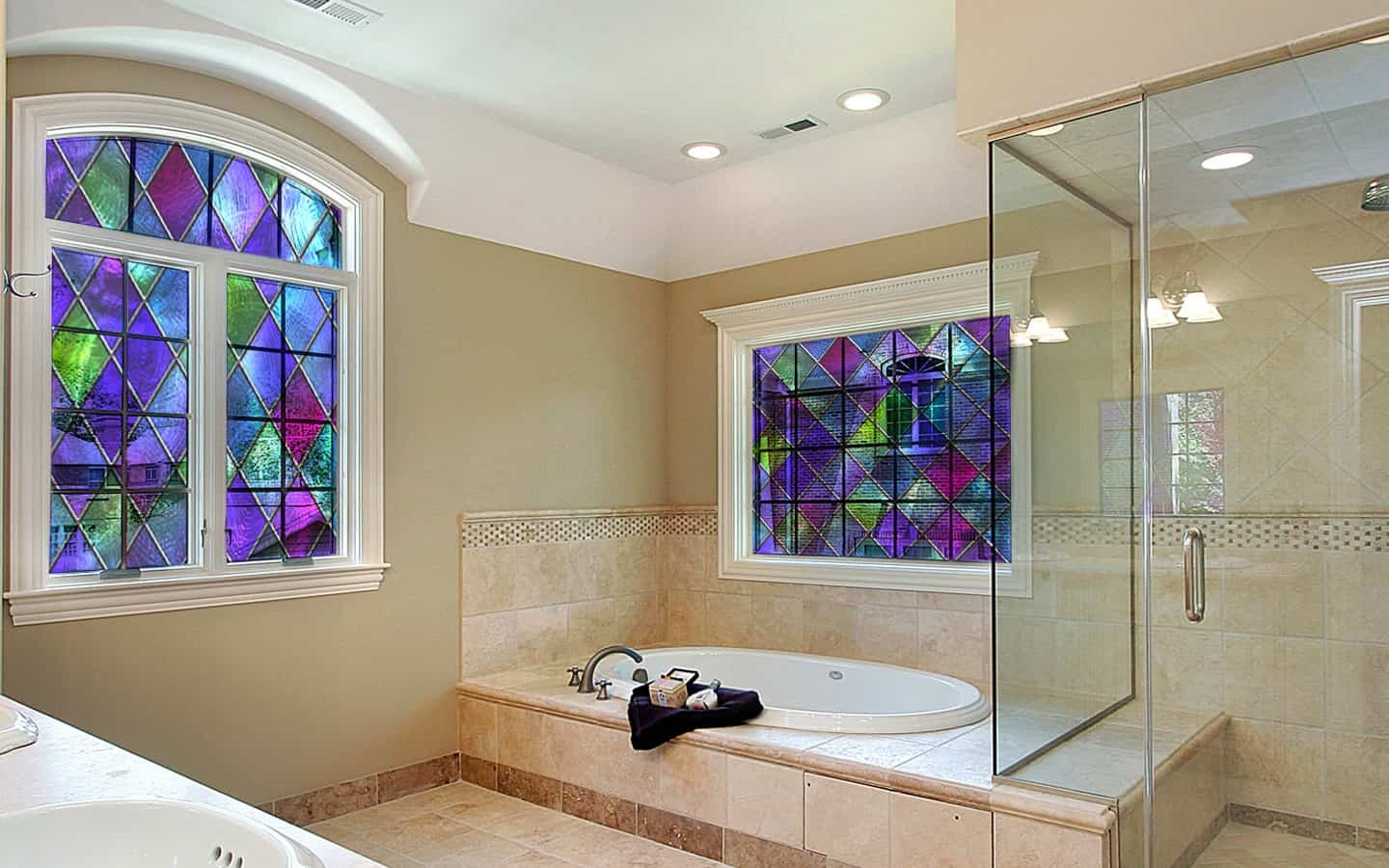

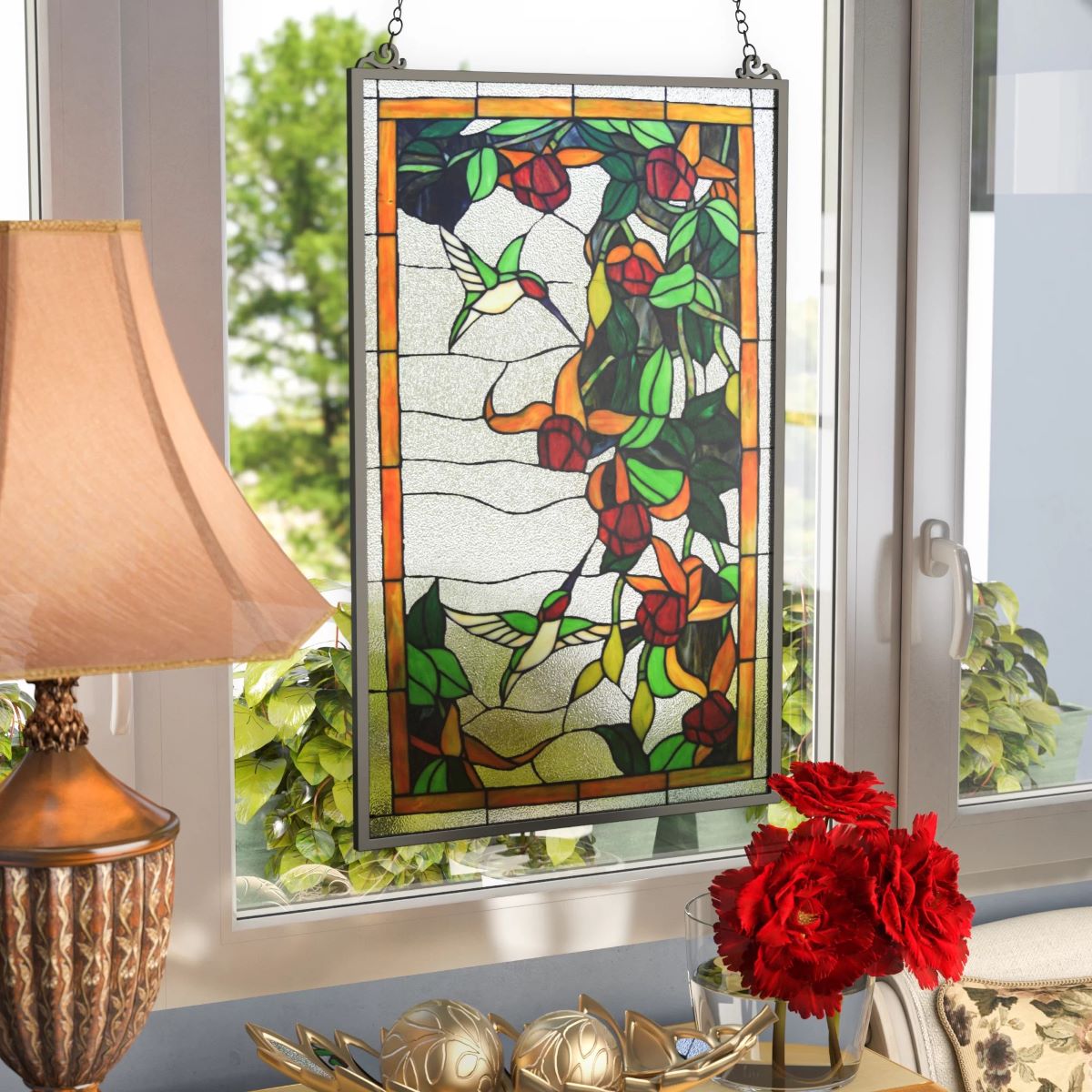


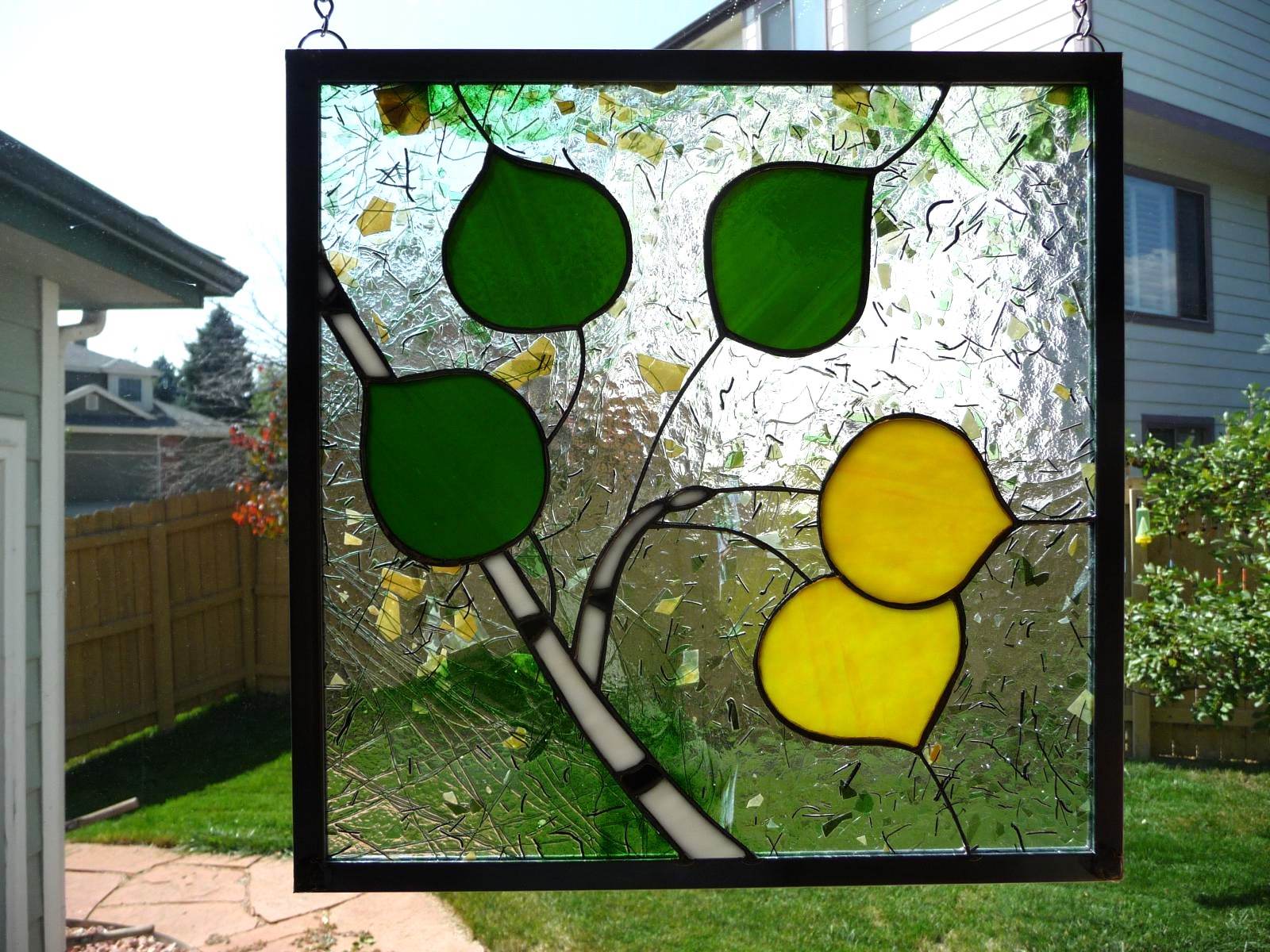
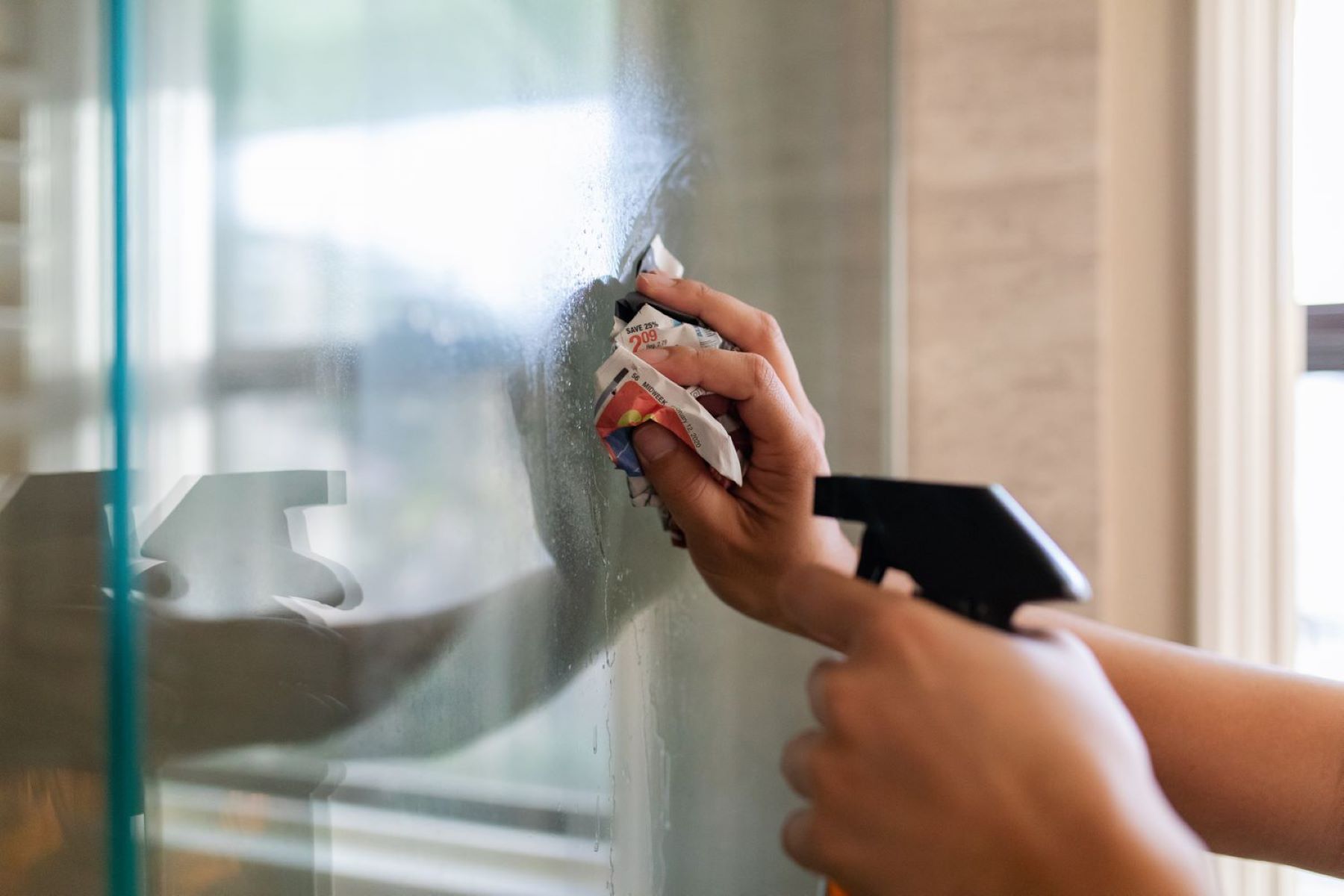


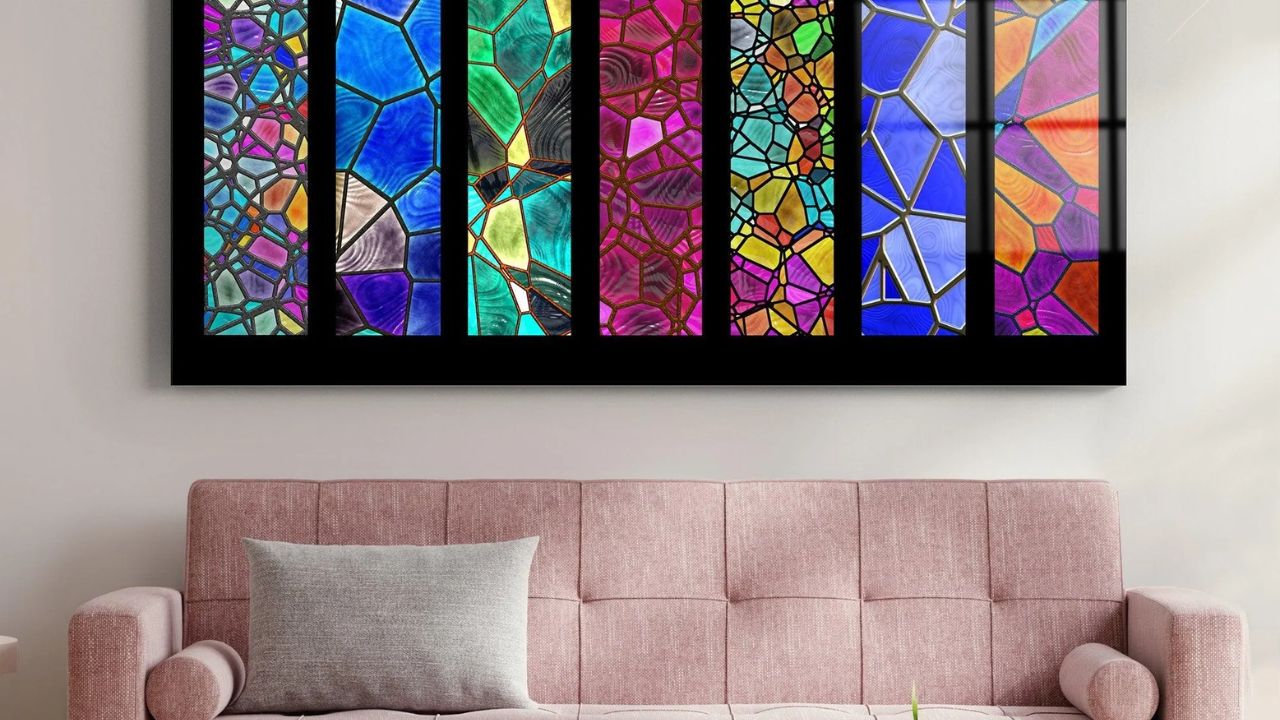

0 thoughts on “How To Display Stained Glass Without A Window”